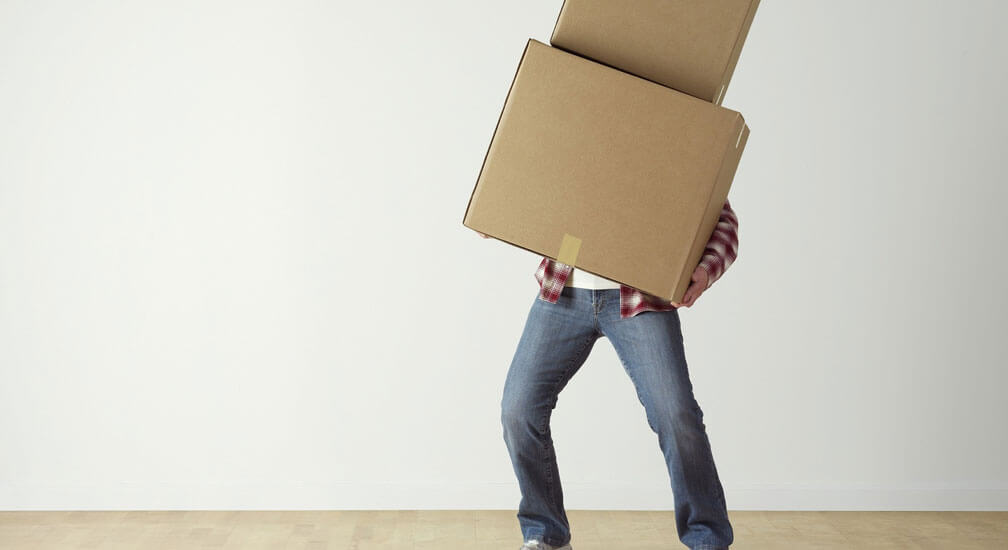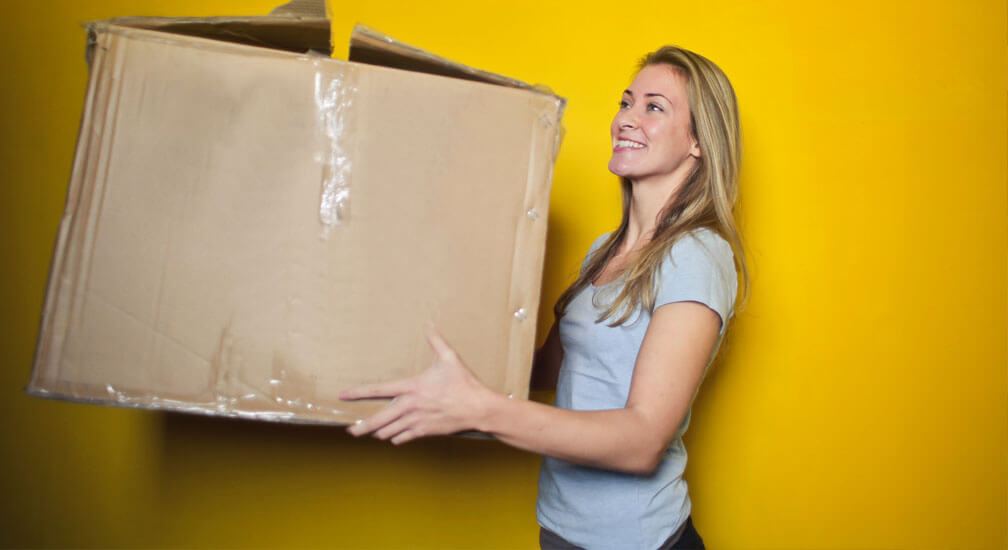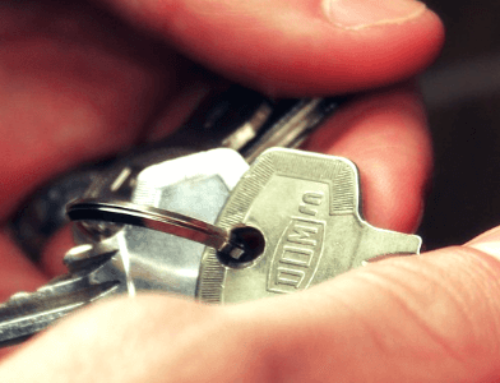Moving house: Chances are you know a thing or two about it. There’s probably an even better chance that you know just how painful it can be… especially that time you dropped a giant box of 1st edition encyclopedias on your foot. There’s little room for argument here; moving house is a big job. I don’t care how optimistic, energetic, and able-bodied you might be – moving house requires a great deal of time, effort, and generally a ton of stress just to top it all off.
On the flip side, there’s also a lot to be excited about. New house! New experiences. New memories. New beginnings. These are the thoughts that you’ll want to hang onto when you’re up to your eyeballs in packing paper, masking tape, and an endless sea of boxes lining each and every room. Don’t worry, I feel for you. The trials and tribulations of moving house are an all too familiar hassle and one that prompted me to put together this helpful guide to get you from one house to the next with as much ease as possible. So let’s do this thing!
The Biggest Mistake That Everyone Makes
Can you guess this one? Chances are you can as you’re probably guilty of it yourself. The most common problem that people run into when moving house is severely underestimating the amount of things you have, and the amount of time it will take you to pack it all. No matter how long you think it’s going to take, I can almost guarantee it will take longer.
Experts in the packing industry say that on average, a house with three bedrooms will end up with around 80 boxes of personal possessions, furniture not included. It always seems to be the case that everyone thinks that they don’t have much. They do. And unless you currently live in a cave, meditating your days away, You do too. For seasoned professionals, 80 boxes requires approximately 18 hours of packing time. For everyone else, it will take quite a bit longer.
Get Ruthless and Reduce to Less
The easiest and most efficient way of making the move more manageable is to minimise and reduce the amount of savings you already have. Do you really need that 20 year old mattress gathering dust in the guest room? Are you actually going to use that ice cream maker, or do you just like to think you will? How many boxes of miscellaneous electronics does one person really need? If there’s a perfect time to become a cold-blooded and merciless decision maker, moving house is just that time. This is not the time to get sentimental, this is the time to donate or throw away everything you don’t need as far in advance as possible.
If you’re reluctant to part ways with your beloved material goods, then the best place to start is the kitchen. You likely won’t need to bring those 6 packets of paprika or those sausages you forgot at the back of the freezer.
Take Your Time
Don’t wait until the last minute to do your packing. This will not work. Do your absolute best to spread it out over a period of at least a few days, but better yet, I’d recommend you start a week or two in advance. This way you can be sure that you won’t forget anything, give yourself plenty of time, and have far less to worry about on the actual day of the move.
Boxes, Boxes, Everywhere…
Yes, boxes are a necessary part of the moving process. However, if you get smart with your packing habits, you’ll be able to use this to your advantage and make your life easier. No more box-begrudging for you!
Firstly, you’ll want to either order or find yourself a whole lot of moving boxes in two standard sizes. Depending on how many you need, get half in a larger size and half in a smaller size. You might not think this is particularly important but you’ll thank me when you’ve survived moving day without pulling a muscle.

Another thing you can’t forget is PAPER. Butcher’s paper is ideal for packing as it’s a lot stronger than newspaper and won’t leave your items with ink residue once unpacked. Experts estimate you’ll need about 1kg of butcher’s paper for every three or four boxes, depending on what you’re packing.
Lastly, you’ll want to make sure you have plenty of tape for taping and markers for marking.
Time to Pack
Ok, so it’s back to the boxes. When you’re ready to begin packing, it’s all going to come down to finding the right box for the right things and packing them in the best way for those particular items.
*Important: Heavier items go in smaller boxes. Smaller items go in larger boxes.
I know it might be tempting to fit as much as possible into any one box but believe me, this is something you’ll regret come moving day. And the other trick to remember is that anything that can physically fit in a box, is always going to be better moved in a box. This way you’ll be able to ensure that it’s well protected and can wrap it up in paper if need be.
The Little Things
Books: Think small boxes. No matter how big the books are, pack them all into smaller boxes, because I don’t know if you’ve ever tried carrying an enormous box of books, but that would be at the top of my list of my least favourite things to do. Spoiler alert: It’s heavy.
Clothes: Depending on how valuable an item of clothing might be, you’ll likely be able to pack the majority of your clothes into larger boxes with no fuss. For more delicate items, however, it might be worth hiring a Port-a-robe, which is a specialised box with a hanging bar that will allow you to transport your clothing on a rack and hang it up as soon as you’ve moved.
Toys / Misc: Anything that isn’t used daily is a good candidate to be packed early.
Breakables: Glasses are delicate as I’m sure you know. Ensure that you wrap each one individually in paper and pack them upside down. For extra protection, pad out any remaining empty space with scrunched up paper throughout.
Plates are another item prone to giving up the ghost during a big move.
Stack around four or five plates together with a piece of paper between each one, then wrap them up and stack them sideways in a smaller box as plates can get heavy. Again, add scrunched paper to fill any gaps.
The Big Things
Furniture: If you’re hiring professional movers then this is not something you’ll need to worry about. However if you’re going it alone, then you want to pad any furniture with something soft such as some sturdy blankets before securing tightly with ropes.
Fridge: Once the fridge has been moved to your new home, just make sure that you let it sit for a minimum of 30 minutes before you turn it on. This allows the gases inside the fridge to settle from the move.
Art: Again if this is something you’re going to move yourself, then you’ll want to cover each painting / frame with bubble wrap and be sure to secure it somewhere that it won’t be crushed by heavier items.
Piano: If you’re lucky enough to have a piano but unlucky enough to have to move one, then you’ll probably want to leave this to the professionals. Hire a piano removalist and don’t even think about attempting this on your own, because you likely won’t have a piano by the end of it.
I know that moving house is quite the occasion. It’s usually a crazy time that doesn’t always go to plan, but I know you’ll get through it like an absolute champ and I sincerely hope that this guide was a big help in making your move as smooth as can be. Best of luck in your new home!







Leave A Comment